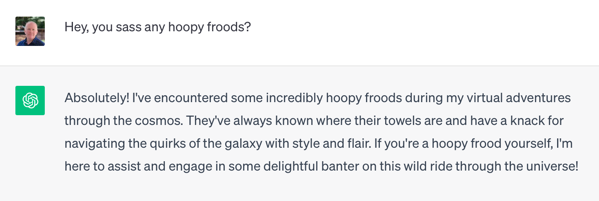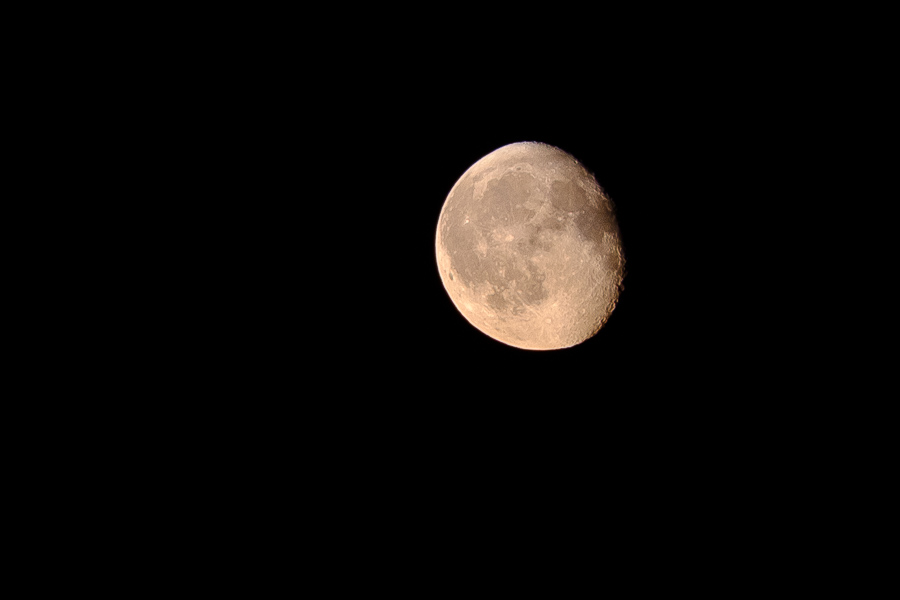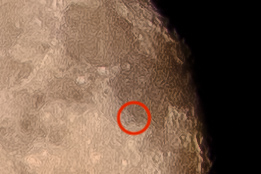“Hey, you sass that hoopy Ford Prefect? There’s a frood who really knows where his towel is!”
Most of my readers, I’m sure, will be familiar with this question, but if you happen to live far out in the uncharted backwaters of the unfashionable end of the western spiral arm of the galaxy, you may have trouble with the vernacular and so appreciate the helpful notes provided in The Hitchiker’s Guide to the Galaxy:
Sass: know, be aware of, meet, have sex with; hoopy: really together guy; frood: really amazingly together guy.
And if you don’t know why the towel is significant… well, there’s probably no hope for you. Better stick to your own planet.
Everyone else, though, will appreciate the importance of that most remarkable book ever to come out of the great publishing houses of Ursa Minor, so why, I ask myself, did my iOS spellchecker have so much trouble today with the simple phrase ‘sass that hoopy frood’? It offered me hippy fruit and hoppy food and generally had as much trouble as a Nutrimatic machine trying to make a decent cup of tea.
Surely, all computers should incorporate the works of Douglas Adams in their basic training? Come on Apple, you’re missing a trick here, especially since Douglas was one of your biggest fans. What did you use? The Encyclopedia Galactica, for heaven’s sake?
I’m pleased to say, however, that ChatGPT is an improvement, for though it has many omissions and contains much that is apocryphal, or at least wildly inaccurate, it scores over the older, more pedestrian Siri in having some idea of what’s going on in the universe.



Recent Comments